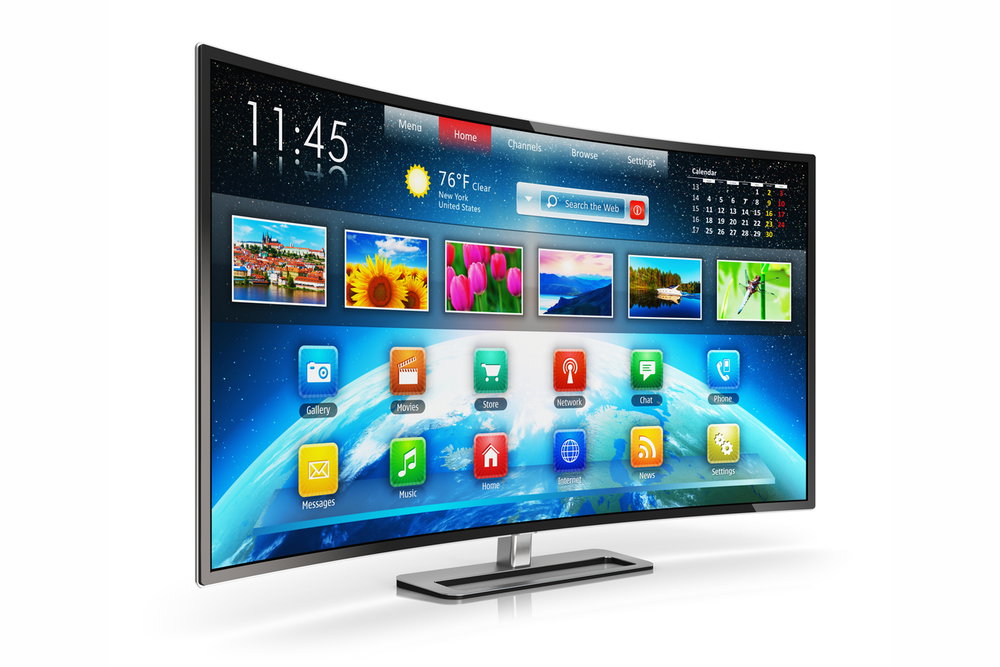In the future, Smart TVs will be even more conscious of these trends, working together with advertisers to bring you the ultimate TV viewing experience.
Exploring future of Smart TVs
Increased Security
Security is always a concern when it comes to technology, and smart TVs are no different. The IoT – or Internet of Things – is the internetworking of technological devices such as smart houses, smartphones, and smart TVs. This advanced connectivity of devices is estimated to increase to almost 21 billion objects by 2020, and it’s vital to be able to guarantee complete data protection. In the future, smart TVs will have increased security, extra malware protection, and strengthened infrastructures against hackers.
Easy to Control
Current smart TV controls can be tedious; inputting text content is accessed using a remote control pointed at the TV screen, which then selects keys to form words when text boxes are present, such as in a search function. Apple TV is one of many products created with voice commands in order to simplify how you access data. Possibilities in the future involve even smarter controls for smart TVs, such as smartphone apps.
Apps working alongside TVs can replace today’s controls and provide ease of access; smartphones and tablets may become a universal remote control, allowing for increased usability. We can already see this emerging with the use of screencasting on the YouTube app; users can project what they are watching the app on their smart TV or device without needing to move.
On-Demand TV
In 2015, Netflix had around 70 million paid subscribers worldwide, owing part of its success to its ability to allow users to “binge watch” TV shows for hours. On-demand TV allows you to skip the content you aren’t interested in so that you can watch what you really love. With the hundreds of channels available on today’s TVs, streaming services have started to capture people’s attention. They remove “useless” channels, allowing you to personalize your experience to your preferences.
Effective Interfaces
In conjunction with easier controls, smart TVs will continue to update and improve their user interfaces. This process is likely to include data collection on viewer preference, ensuring that the TV experience is tailored to what is watched and when it’s watched. Personalised recommendations which are similar to Netflix’s system will be possible for TV watching optimization.
This data collection will allow you to access the content that matters to you, but it will also have another side to it, too. Marketing strategies and advertising experts will be able to improve how they target you with advertisements pertaining to your viewing preferences.
HDR TV
HDR originates from photography and stands for High Dynamic Range, and it’s the newest image technology developed to improve the viewing experience. This technology allows for greater range of luminosity and brightness, meaning that bright areas become brighter and dark areas become darker. HDR has a higher contrast than regular images, guaranteeing that every pixel in your TV performs better. With increased TV technology performance, TVs in the future will be able to be completely optimized with other network devices, while simultaneously providing personalized services and enhancing your viewing experience. Electronic World TV ensures that they offer you the highest quality cheap TVs at the best prices. From LED TVs to 4K TVs, they deliver products with the latest TV technologies at affordable prices.


